View all Standards for North Carolina Essential Standards 2010
I.C.2.2 Interpret scenes through formal and informal presentations.
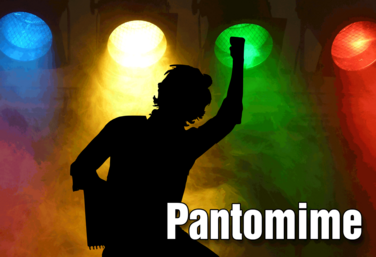
Pantomime
by Angel Borths

Part of the Drama One Curriculum
What is Theatre?
by Karen Loftus
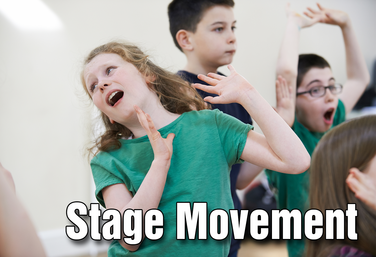
Part of the Drama One Curriculum
Stage Movement
by Karen Loftus
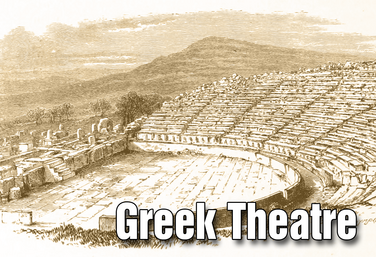
Part of the Drama One Curriculum
Ancient Greek Theatre
by Karen Loftus
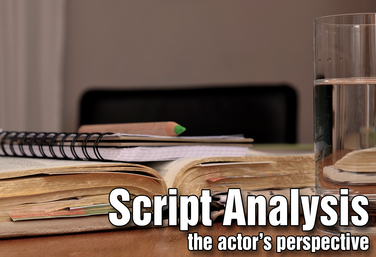
Part of the Drama One Curriculum
Script Analysis: The Actor's Perspective
by Karen Loftus
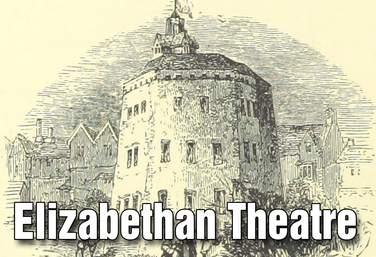
Part of the Drama One Curriculum
Elizabethan Theatre
by Karen Loftus
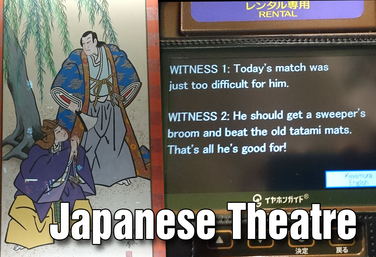
Part of the Drama One Curriculum
Japanese Theatre
by Karen Loftus
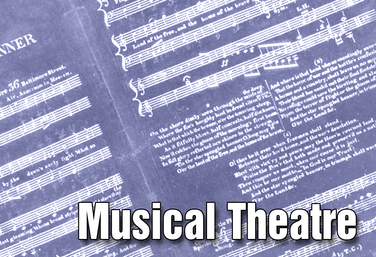
Musical Theatre
by Anna Porter

Puppetry
by Jenny Goodfellow
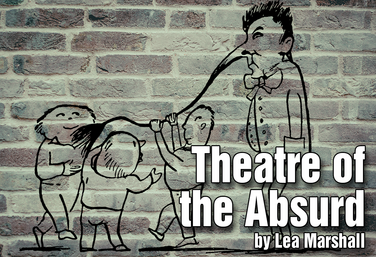
Theatre of the Absurd
by Lea Marshall
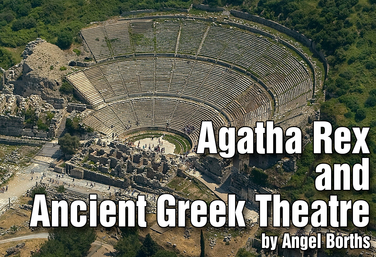
Agatha Rex and Ancient Greek Theatre
by Angel Borths
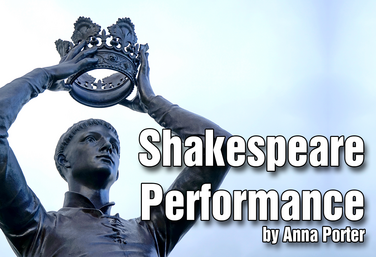
Shakespeare Performance
by Anna Porter
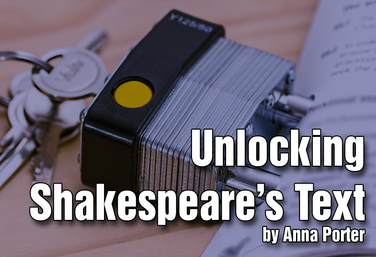
Unlocking Shakespeare's Text
by Anna Porter

Pantomime
by Anna Porter
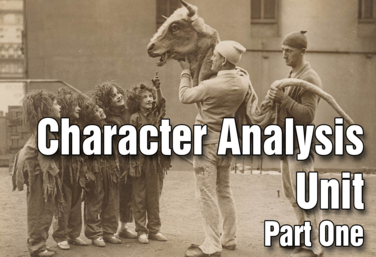
Part of the Drama Two Curriculum
Character Analysis - Part 1
by Matt Webster
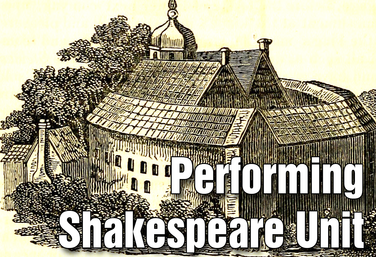
Part of the Drama Two Curriculum
Performing Shakespeare
by Matt Webster
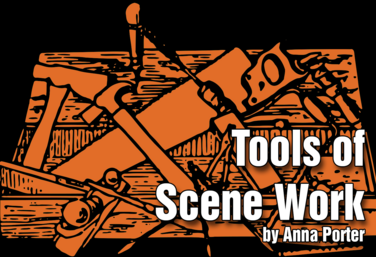
Tools of Scene Work
by Anna Porter
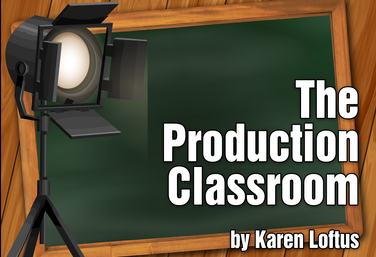
Part of the Production Classroom Units Curriculum
Production Classroom Units Overview
by Karen Loftus

Part of the Production Classroom Units Curriculum
Part One - Pre-Production
by Karen Loftus

Part of the Production Classroom Units Curriculum
Part Two - Rehearsal and Performance
by Karen Loftus

Part of the Production Classroom Units Curriculum
Part Two - Documents
by Karen Loftus

Part of the Production Classroom Units Curriculum
Part Three - Reflection and Assessment
by Karen Loftus
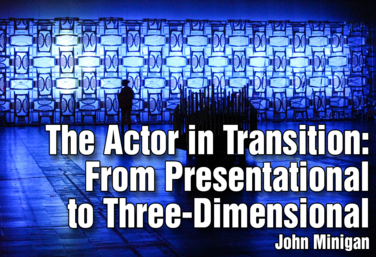
The Actor in Transition: From Presentational to Three-Dimensional
by John Minigan
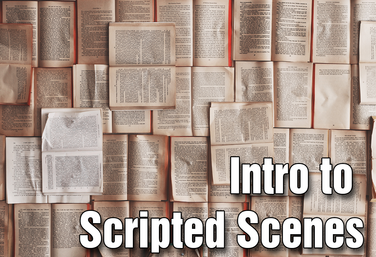
Part of the Middle School Curriculum
Unit Four: Intro to Scripted Scenes
by Lindsay Johnson
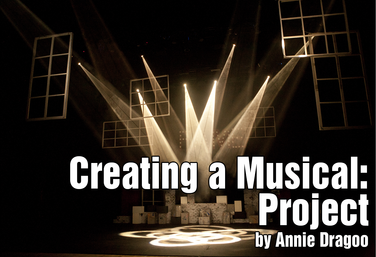
Creating a Musical: Project
by Annie Dragoo
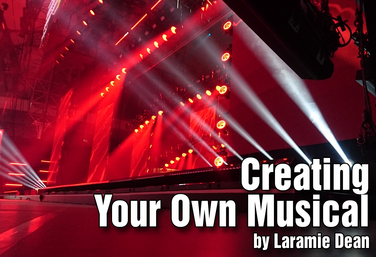
Creating Your Own Musical
by Laramie Dean
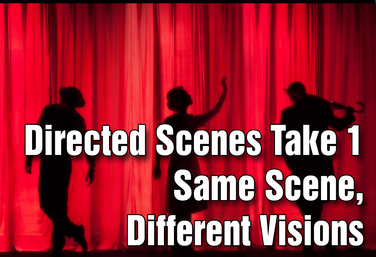
Part of the Middle School Curriculum
Unit Six: Directed Scenes Take 1: Same Scene, Different Visions
by Lindsay Johnson
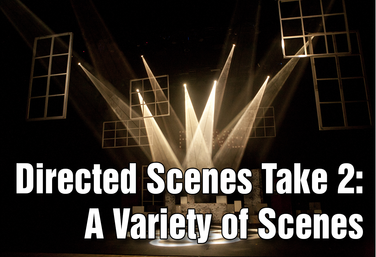
Part of the Middle School Curriculum
Unit Seven: Directed Scenes Take 2: A Variety of Scenes
by Lindsay Johnson
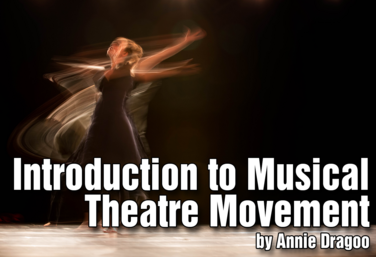
Introduction to Musical Theatre: Movement
by Annie Dragoo
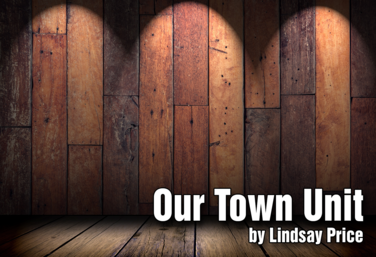
Our Town Unit
by Lindsay Price
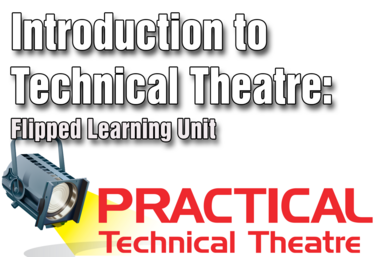
Introduction to Technical Theatre: Flipped Learning
by Lindsay Price
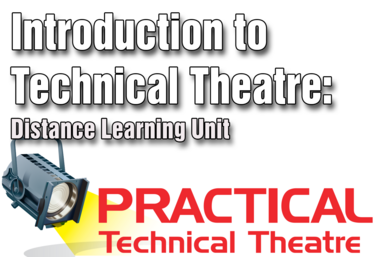
Part of the Distance Learning Curriculum
Introduction to Technical Theatre: Distance Learning
by Lindsay Price

Part of the Distance Learning Curriculum
What is Theatre?
by Lindsay Price and Karen Loftus
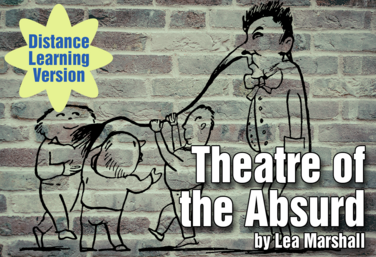.png)
Part of the Distance Learning Curriculum
Theatre of the Absurd
by Lea Marshall
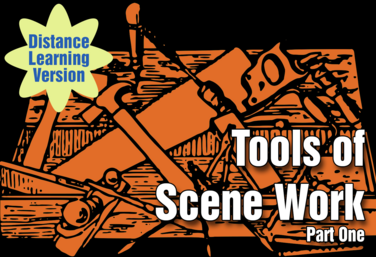
Part of the Distance Learning Curriculum
Scene Work: Part 1, Tools of Scene Work
by Lindsay Price
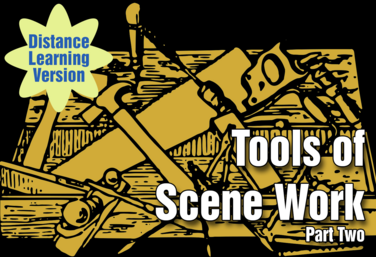
Part of the Distance Learning Curriculum
Scene Work: Part 2, Student Self Staging
by Lindsay Price
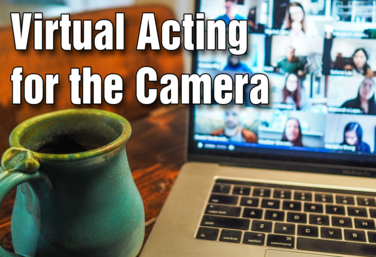
Virtual Acting for the Camera
by Ruthie Tutterow
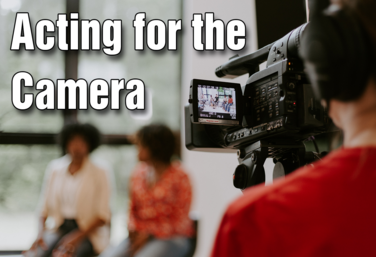
Acting for the Camera
by Ruthie Tutterow

Decolonizing Monologues
by Nicholas Pappas
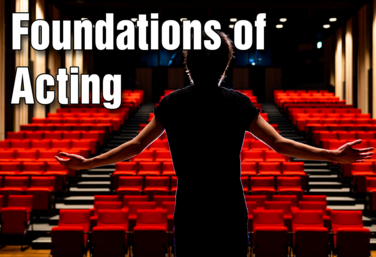
Foundations of Acting
by Annie Dragoo
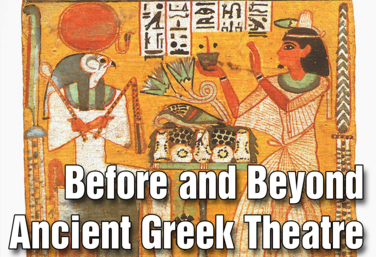
Part of the Theatre History Curriculum
Unit 1: Before and Beyond Ancient Greek Theatre
by Drama Teacher Academy
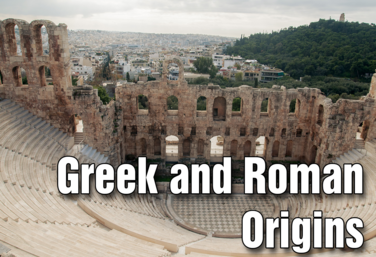
Part of the Theatre History Curriculum
Unit 2: Greek & Roman Origins
by Drama Teacher Academy
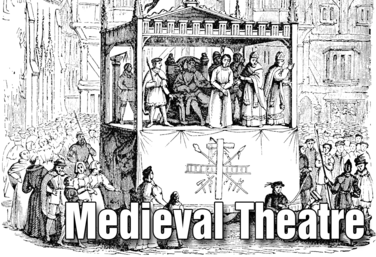
Part of the Theatre History Curriculum
Unit 3: Medieval Theatre
by Drama Teacher Academy
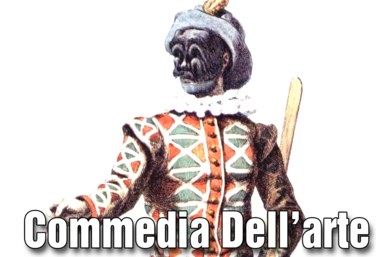
Part of the Theatre History Curriculum
Unit 4: Commedia Dell'Arte
by Drama Teacher Academy
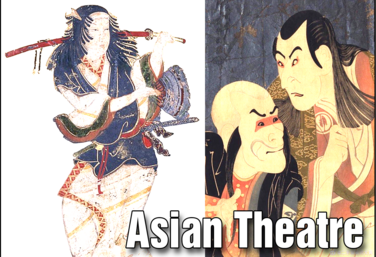
Part of the Theatre History Curriculum
Unit 5: Asian Theatre
by Drama Teacher Academy
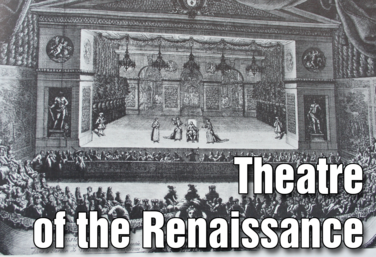
Part of the Theatre History Curriculum
Unit 6: Theatre of the Renaissance
by Drama Teacher Academy
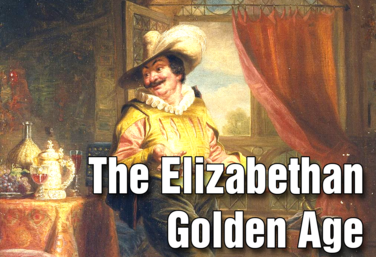
Part of the Theatre History Curriculum
Unit 7: The Elizabethan Golden Age
by Drama Teacher Academy
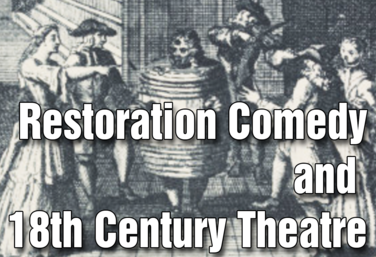
Part of the Theatre History Curriculum
Unit 8: Restoration Comedy & 18th Century Theatre
by Drama Teacher Academy
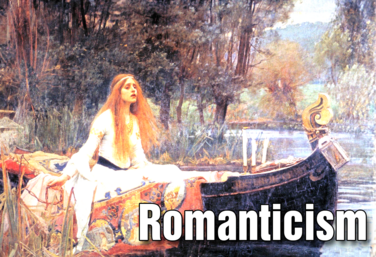
Part of the Theatre History Curriculum
Unit 9: Romanticism
by Drama Teacher Academy
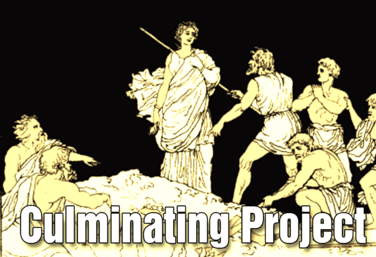
Part of the Theatre History Curriculum
Culminating Project
by Drama Teacher Academy
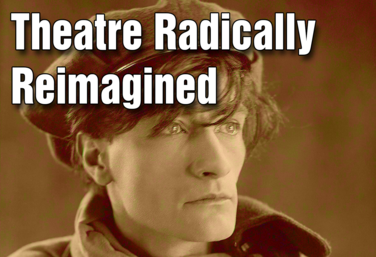
Theatre Radically Reimagined: Exploring Artaud, Grotowski, and Boal
by Ruthie Tutterow

The Dilemma Project
by Claire Broome
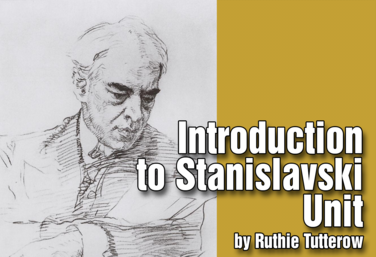
Introduction to Stanislavski
by Drama Teacher Academy
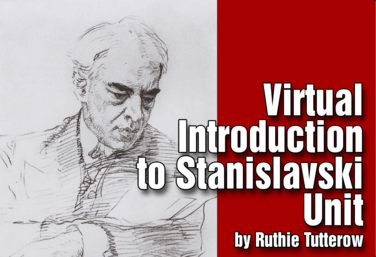
Virtual Introduction to Stanislavski
by Drama Teacher Academy
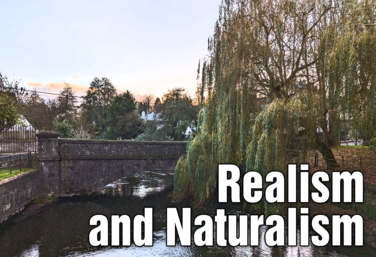.png)
Realism and Naturalism
by Drama Teacher Academy
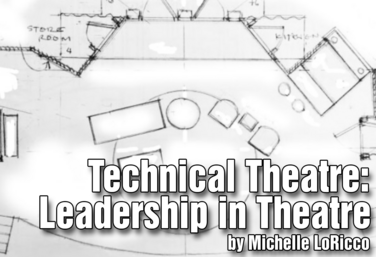
Technical Theatre: Leadership in Theatre
by Michelle LoRicco
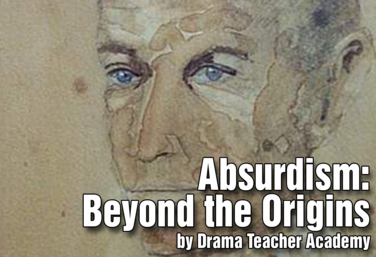
Absurdism: Beyond the Origins
by Drama Teacher Academy
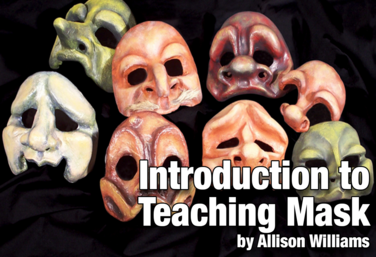
Introduction to Mask
by Allison Williams

Spoken Word Poetry
by Quincy Young
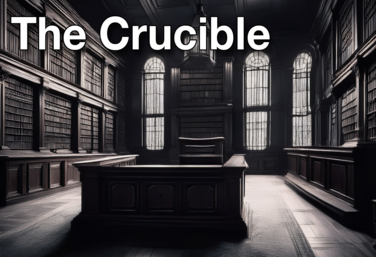
The Crucible Unit
by Lindsay Price

The Production Classroom
by Karen Loftus
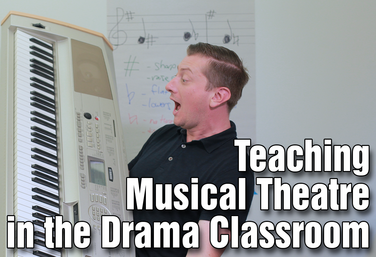
Teaching Musical Theatre in the Drama Classroom
by Colin Oliver
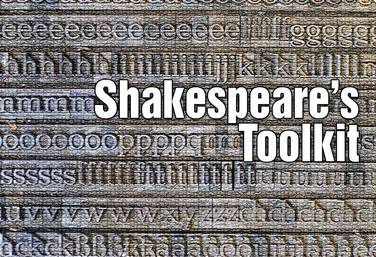.png)
Shakespeare's Toolkit
by Todd Espeland
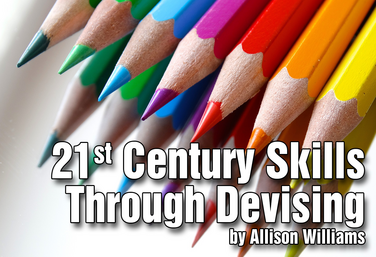
21st Century Skills Through Devising
by Allison Williams
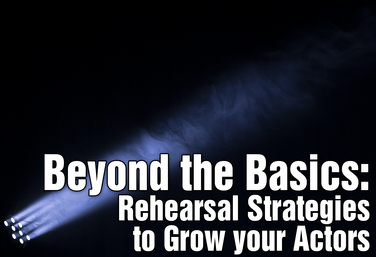
Beyond the Basics: Rehearsal Strategies to Grow Your Actors
by Julie Hartley
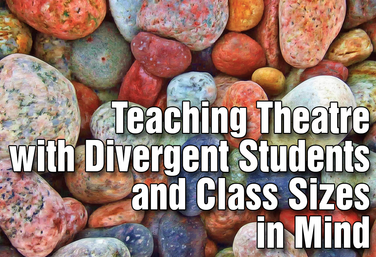
Teaching Theatre with Divergent Students and Class Sizes in Mind
by Steven Stack

Director's Toolbox 2: Teaching Students to Direct
by James Van Leishout
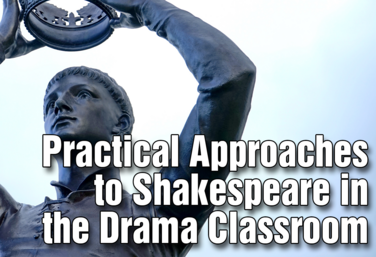
Practical Approaches to Shakespeare in the Drama Classroom
by Julie Hartley
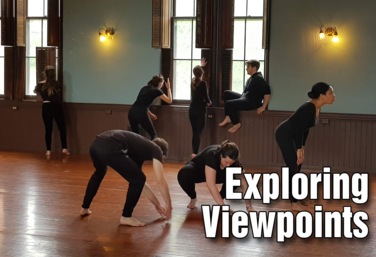
Exploring Viewpoints
by Erin Carr

The Dilemma Project
by Claire Broome
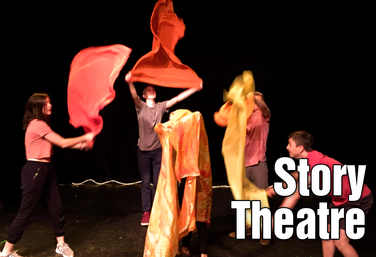
Story Theatre
by Matt Webster
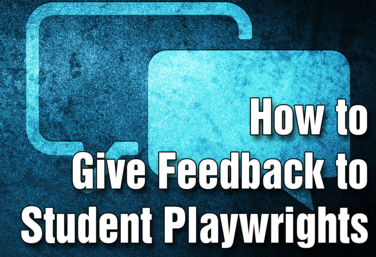
How to Give Feedback to Student Playwrights
by Nicholas Pappas
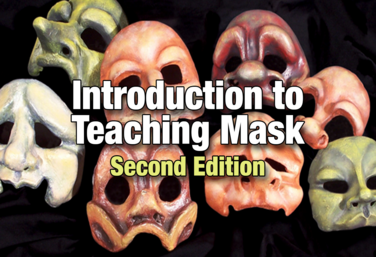
Introduction to Teaching Mask: 2nd Edition
by Allison Williams
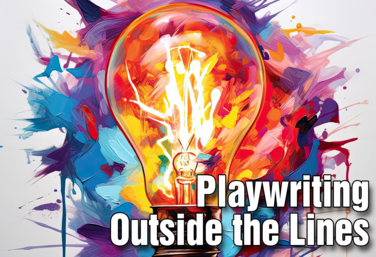
Playwriting Outside the Lines
by Steven Stack
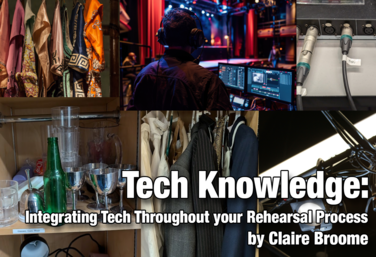
Tech Knowledge: Integrating Tech Throughout Your Rehearsal Process
by Claire Broome
View all Standards for North Carolina Essential Standards 2010 Standards Master List